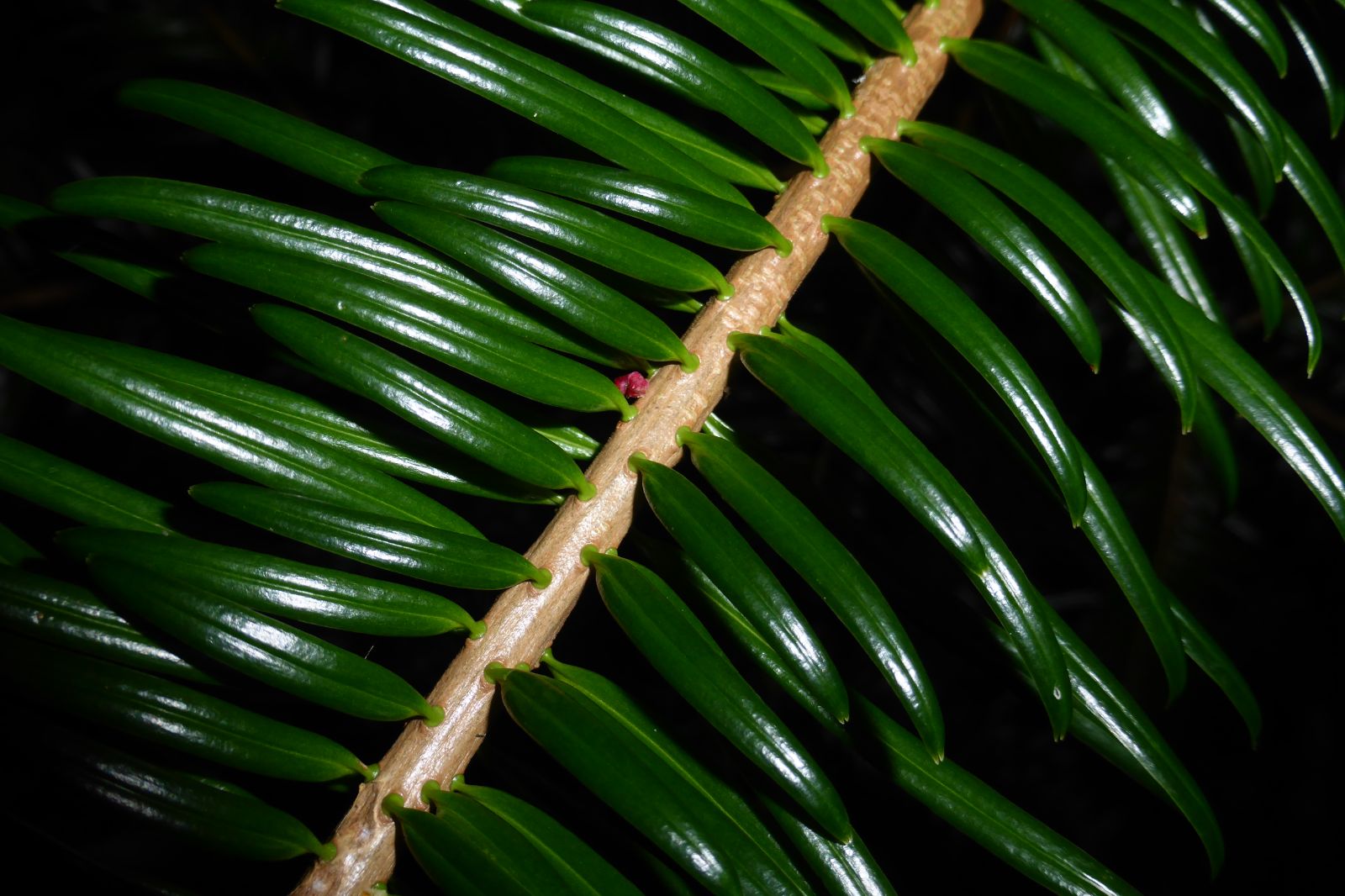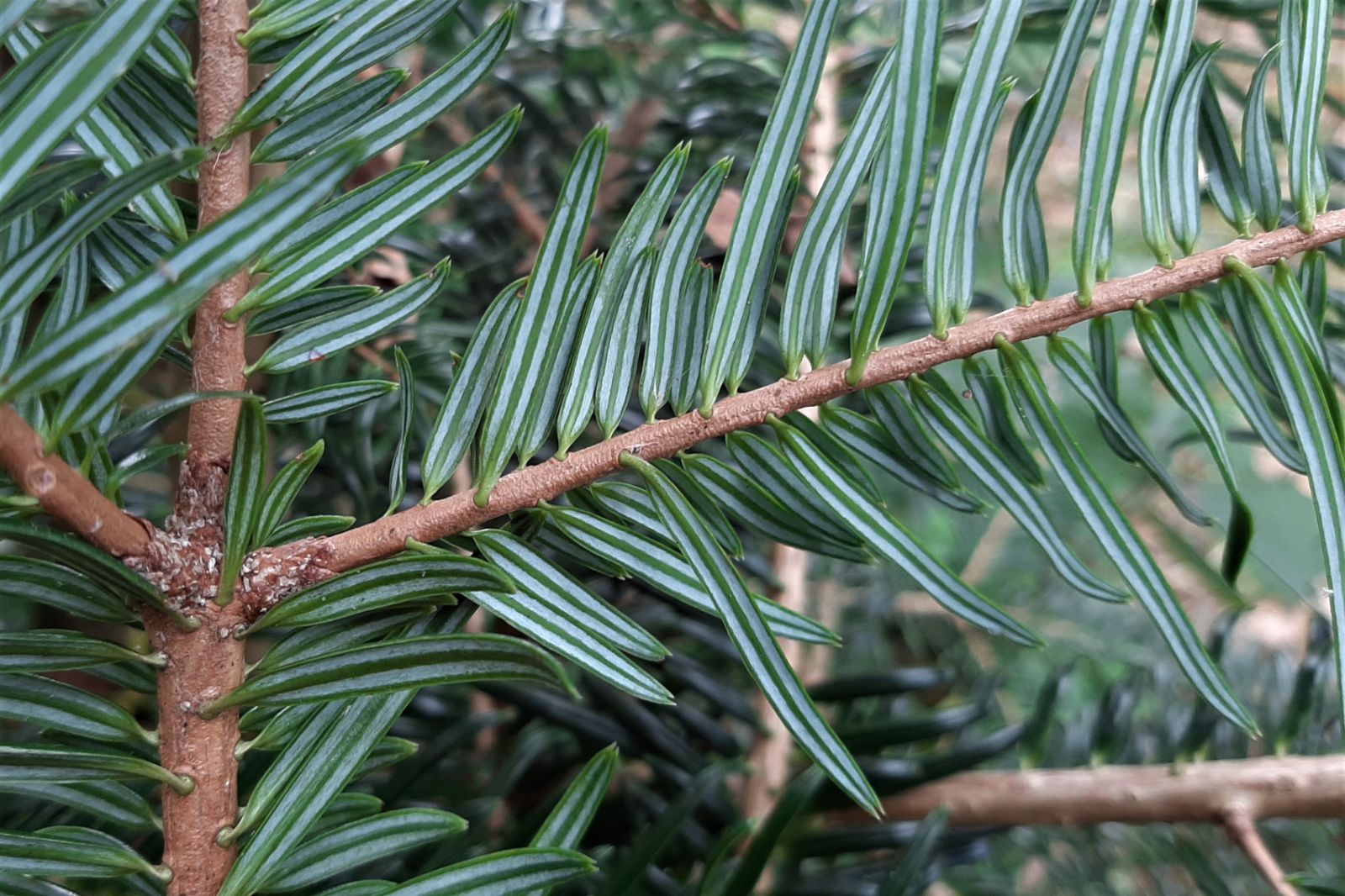Abies ziyuanensis
Sponsor
Kindly sponsored by
Sir Henry Angest
Credits
Tom Christian (2021)
Recommended citation
Christian, T. (2021), 'Abies ziyuanensis' from the website Trees and Shrubs Online (treesandshrubsonline.
Genus
Common Names
- Ziyuan Fir
- Ziyuan Lengshan
Synonyms
- Abies beshanzuensis var. ziyuanensis (L.K. Fu & S.L. Mo) L.K. Fu & Nan Li
- Abies dayuanensis Q.X. Liu
- Abies fabri var. ziyuanensis (L.K. Fu & S.L. Mo) Silba
Other taxa in genus
- Abies alba
- Abies amabilis
- Abies × arnoldiana
- Abies balsamea
- Abies beshanzuensis
- Abies borisii-regis
- Abies bracteata
- Abies cephalonica
- Abies × chengii
- Abies chensiensis
- Abies cilicica
- Abies colimensis
- Abies concolor
- Abies delavayi
- Abies densa
- Abies durangensis
- Abies ernestii
- Abies fabri
- Abies fanjingshanensis
- Abies fansipanensis
- Abies fargesii
- Abies ferreana
- Abies firma
- Abies flinckii
- Abies fordei
- Abies forrestii
- Abies forrestii agg. × homolepis
- Abies fraseri
- Abies gamblei
- Abies georgei
- Abies gracilis
- Abies grandis
- Abies guatemalensis
- Abies hickelii
- Abies holophylla
- Abies homolepis
- Abies in Mexico and Mesoamerica
- Abies in the Sino-Himalaya
- Abies × insignis
- Abies kawakamii
- Abies koreana
- Abies koreana Hybrids
- Abies lasiocarpa
- Abies magnifica
- Abies mariesii
- Abies nebrodensis
- Abies nephrolepis
- Abies nordmanniana
- Abies nukiangensis
- Abies numidica
- Abies pindrow
- Abies pinsapo
- Abies procera
- Abies recurvata
- Abies religiosa
- Abies sachalinensis
- Abies salouenensis
- Abies sibirica
- Abies spectabilis
- Abies squamata
- Abies × umbellata
- Abies veitchii
- Abies vejarii
- Abies × vilmorinii
- Abies yuanbaoshanensis
Tree to 30 m × <1 m dbh. Crown broad-conical, flat-topped in old trees. Bark of young trees smooth, grey, with ridges and furrows soon developing, breaking into small irregular plates in the bold of old trees. First order branches long, horizontally spreading; second order branches spreading or ascending. Branchlets thick, firm, glossy buff-brown or buff-grey at first, grey by the third year, ridged below the leaves, with shallow grooves, glabrous or with a sparse, short pubescence in the grooves. Vegetative buds conical (not ‘cylindric or ovoid-oblong’ as stated by Farjon (2017)), resinous; bud scales triangular, keeled on the upper side. Leaves pectinately arranged in two ranks either side of shoot, those of the lower ranks considerably longer and more spreading than those of the upper ranks, widely set on vegetative shoots, 2–4.8 cm × 3–3.5 mm, apex obtuse or emarginate, bifid on shaded shoots, dark green above, with two greenish-white stomatal bands beneath. Pollen cones c. 2 cm long, yellowish with red microsporophylls. Seed cones with a short (0.5–1 cm) peduncles, oblong-cylindric or elliptic, apex obtuse, 10–11 × 4–4.5 cm, greenish or yellowish-green when immature, maturing to greenish-brown then dark brown; seed scales broadly cuneate-flabellate, 2.3–2.5 × 3–3.3 cm at mid-cone; bracts oblong-spathulate, 3 mm (near base) to 10 mm (near apex) in width, 2.1–2.3 cm long, ‘included, or slightly exserted near base of cone’ (Farjon 2017); cf. ‘exserted, outspreading’ (Debreczy & Rácz 2011); cf. ‘cusp exserted, reflexed’ (Fu, Li & Mill 1999)). (Farjon 2017; Debreczy & Rácz 2011; Fu, Li & Mill 1999; Fu, Lü & Mo 1980).
Distribution China NE Guangxi (Rongshui Xian, Yuanbao Shan, Ziyuan Xian), SW Hunan (Chengbu Miaozu Zizhixian, Ling Xian, Xinning Xian), SW Jiangxi (Jinggang Shan)
Habitat Mixed forests, commonly with Fagus spp., at 1400–1800 m asl in mountains characterised by a cool, very wet climate.
Conservation status Critically endangered (CR)
This rare Chinese endemic is related to Abies chensiensis of China and A. homolepis of Japan (Farjon 2017). It was treated as a variety of A. beshanzuensis M.H. Wu (another very rare fir, occurring about 300 miles to the east) in the Flora of China (Fu et al. 1999), from which it differs in details of the seed cone and the vegetative buds, but it has been treated at species rank by Farjon (2017) and by Debreczy & Rácz (2011). As a rare species with a restricted distribution it remains poorly known, and the major literature sources often contradict one another when describing detailed characters (see description, above). One of the most glaring inconsistencies is whether or not the seed cone bracts are exserted at maturity; the original description (Fu, Lü & Mo 1980) describes the bracts in detail but does not actually specify this important point! The accompanying illustration shows a cone with the bracts more or less included, or perhaps with the cusp just exserted – the reproduction of the image is of rather poor quality.
It is in cultivation in a handful of specialist collections across our area, though in very limited numbers. In 2014 it was reported from only seven collections in a BGCI global survey of ex-situ conifer collections (Shaw & Herd 2014). The late John Silba distributed some plants around US collections at the turn of the millennium, for example a tree at the Arnold Arboretum (lineage number 284–2000) was donated by him, having been sourced (presumably as scions) from a tree cultivated in Osaka, Japan (Arnold Arboretum 2020). Three young trees are growing strongly in a private collection in Devon, UK (pers. obs. 2020). It seems to be somewhat hardier than its relative A. beshanzuensis.



